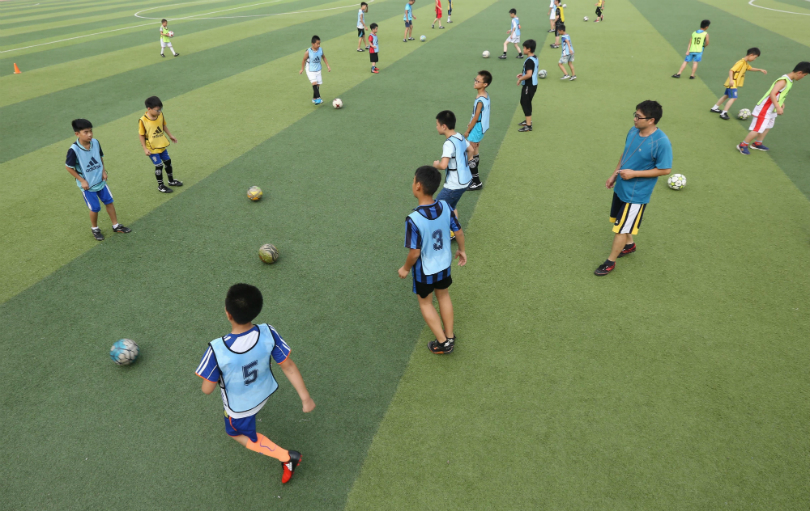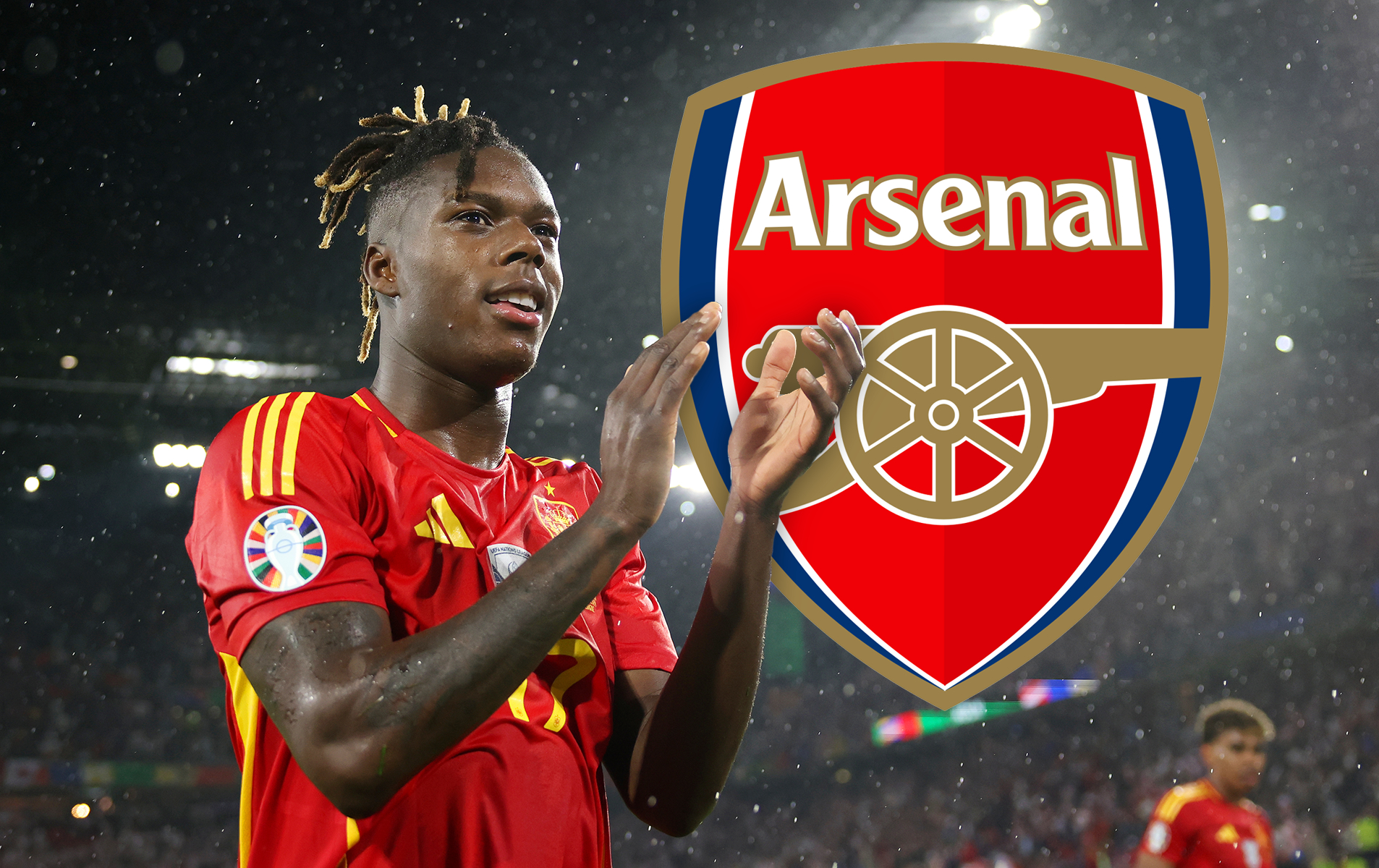Can you coach a child from two-years-old?
In his book ‘Football starts at home’, coaching expert Tom Byer explains how ball manipulation can be learnt by children as young as two-years-old

In David Beckham’s autobiography, ‘My Side’, he recalls kicking a ball for the first time when he was just three-years-old. As soon as he was old enough to walk, his dad made sure he had a ball with him to kick.
Typically, parents and coaches believe that any age below seven is too young to begin playing football, as children lack the motor skills to do so. However, from the age of two, the brain is a sponge for learning new information – languages, music and also football skills.
At two, children have a decent sense of balance and co-ordination and are increasing in speed. They are expanding and improving at things rapidly, such as jumping, climbing and – if you give them a football – kicking.
My philosophy is to encourage parents and coaches to get young children to learn how to manipulate the ball with both feet, as soon as they’re able to walk. When my son was 16-months-old I began teaching him how to do simple pull-backs and he would copy me.
Before a player begins to play football, he needs to learn the skills you need to become a footballer and that starts with manipulating the ball. A football shouldn’t be something to kick, thump or hit, it should be something you learn to love, caress and protect.
The child must learn to move the ball and stop the ball at will. You want the ball to have as much fun as you. Zinedine Zidane extolled the benefits of playing football on the streets of Marseille until he was 14, rather than being coached into a box. He developed freely and imaginatively.
I have coached around 500,000 kids from the age of two upwards. I’ve seen how kids have developed over and over again. My two sons are seven and 10 and you can see how advanced they are in their development on my Youtube channel. Here are three simple ways your child can learn to become technically proficient from a young age.
Get FourFourTwo Newsletter
The best features, fun and footballing quizzes, straight to your inbox every week.
1. Give your child a ball
Not a Champions League or World Cup replica ball; a small ball. Their feet are small, their legs are small and, at this stage, their football brains are small. Give them a ball and their football brains will soon get bigger. At that age, their football brains are brand new and waiting for input, for data. Where do they get the input? TV is one likely source. A parent is another. A kid can see a footballing technique on TV and start trying it straight away. And some kids will master it in unbelievably short time.
Children’s brains don’t just lack the input and the data; they are screaming out for input and data. Why can your six-year-old use the remote control on your TV easier than you? Because your brain’s not empty. And it’s probably been converted from an analog system. To adapt to the new remote control, you have to dump the old stuff that’s slowing down your brain. The kid’s got a new brain; all you have to do is boot it up, set it up and start filling it up.
2. Show the kid a technique
Ok, maybe you’re a parent and you don’t have a lot of footballing skills to show your kid. Don’t worry; you’ve got a smartphone, a tablet, a TV, a DVD, Youtube. There are loads of sources for footballing techniques.
3. Bring the child indoors
Japanese homes are amongst the smallest in the world, yet, paradoxically, they can also have lots of space. Why? Because Japanese home furnishings are often mobile. Many houses don’t have big dining tables or beds. Yes, that’s been changing over the last couple of decades, but there is still enough room in a typical Japanese house for a kid to practice football.
Why’s that? Well, you don’t need much more space than the full width of your child’s legs. Because that’s all the space you need to manipulate the ball. There’s no kicking the ball against the furniture or aiming it at TVs, glass cabinets or expensive pottery. They ball stays on the floor around the feet.
This is an extract from Tom Byer's book, Football Starts At Home. To learn more about his philosophy or to buy the book, visit www.tomsan.com
